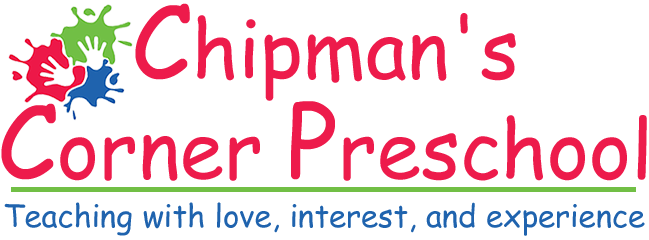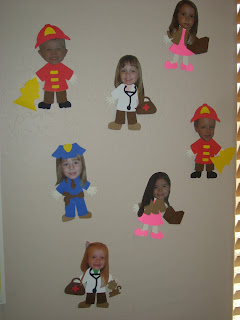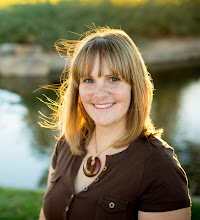Today we played a version of Doggy, Doggy Where's Your Bone?
The kids sat in a circle with bones in front of them. Each bone had a number.
One child was chosen to be the doggy. That child closed their eyes and we all said, "Doggy, doggy where's your bone? Somebody stole it from your home. Guess who, maybe you."
While they were saying this, I secretly passed one of the bones to another child and they all put their hands behind their back like they were hiding the bone. When we said, "maybe you" the doggy opened their eyes and picked the person who they thought had the bone. When the bone was found, we said what number it was and then switched doggies and did it again.
To make the doggy ears, I slipped a curled piece of card stock into a brown knee high (if you round the edges, it is easier to put in) and attached them to a baby headband. I just used what I had on hand and made it very temporary (with safety pins) so that I could disassemble it easily. You could also use socks, felt, or something else that looks ear like and sew it on.






















